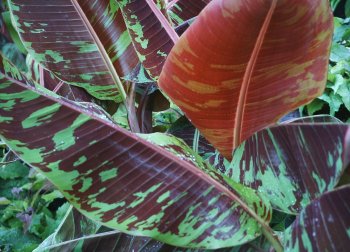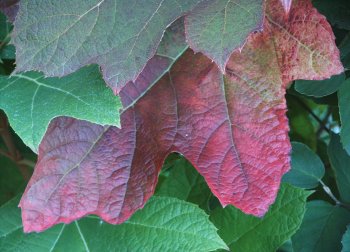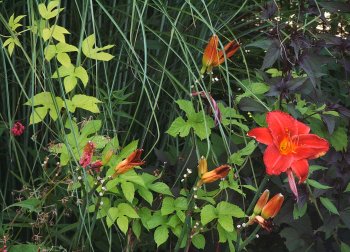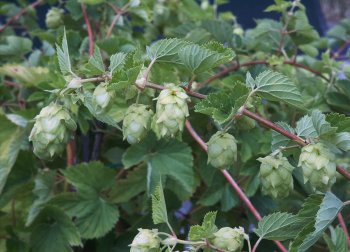- By Daniel Segal, The Plantsmen Nursery, Lansing
- Around Town
 Print
Print  Dan SegalA little rain goes a long way this year. So many gardeners who have visited the nursery this year have noted that the rains have come right on time all spring and summer. Granted, some have come before we needed them, but we’re lucky to have endured only one or two dry spells this year, and gardens everywhere are showing themselves off for it. Quite a departure from last year.
Dan SegalA little rain goes a long way this year. So many gardeners who have visited the nursery this year have noted that the rains have come right on time all spring and summer. Granted, some have come before we needed them, but we’re lucky to have endured only one or two dry spells this year, and gardens everywhere are showing themselves off for it. Quite a departure from last year.Many of you have probably heard that fall is a good time to plant, but why is it? How does it work? Is fall planting the same as spring planting?

Banana
The biggest difference between spring and fall planting is that fall planting is an investment in your garden, paying dividends next spring. When you’re busy and want to be tackling other projects, you’ll already have that foundation planting on the side of your house done. The new perennial beds you roughed out this spring will be jumping with new growth next spring—if you plant them this fall instead of waiting until next spring.
Hops
Another significant difference between spring and fall planting is stress. Not yours, but the plants’. Many spring plantings are really summer plantings, and this can mean planting during warm weather. If warm weather is also dry weather, your June or early July planting is now suffering from serious stress. Roots disturbed at planting time yearn for water and can’t quite pull it in. Wilt is the result, followed by repeated cycles of rebound and wilt. This familiar problem is almost always the result of planting in warm dry weather. It’s exacerbated by lack of mulch, compost or sufficient organic matter in the soil—and inadequate watering.

Oakleaf Hydrangea
With fall planting, you can largely avoid the above cycle of stress that often accompanies late spring and early summer plantings. Of course this summer allowed most gardeners to avoid that stress cycle too, but many summers aren’t so forgiving. At any time of year, I always encourage deep soaking at planting time. In most cases, this one first deep watering makes a huge difference in what percentage of your plants survive. I soak my plants in at planting time in every season and all types of weather, regardless of soil moisture.
In fall, most plants continue to send out new roots even after the tops (stems, leaves, etc.) tire out. That root growth is exactly why fall plantings work so well. Your plants establish enough new roots to make it soundly through the winter, which helps them start spring growth naturally at the right time. In most cases, they begin growing in the ground well before most gardeners will typically plant new spring plants, so the effect is two-fold—a head start over other plants, and secure acclimation from the get-go. Fall planted plants are synchronized with the weather when spring arrives.

Late summer garden
Plant anything your heart desires in fall—trees, shrubs, perennials, native grasses, etc. Anything other than annuals can be planted in fall with great expectation for success. Just as you do in spring, aim for that window of opportunity when the soil is just right—not too wet and not too dry. Don’t worry if your plants seem to go dormant right after planting. It’s most likely a response of the tops (stems, leaves, etc.), and not the roots.
----
v2i32




